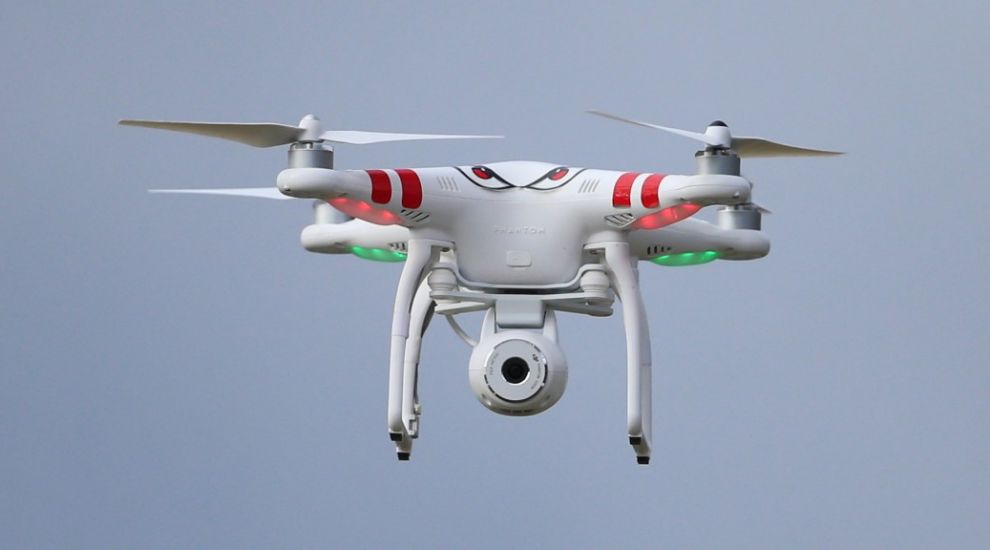
A safety warning has been issued after a “number of recent incidents” involving drones being flown dangerously close to passenger planes.
The Civil Aviation Authority (CAA) said some of the devices were being flown as high as 2,000ft in the air and in areas where large aircraft were present.
The regulator has now issued new safety advice – labelled a “dronecode” – with tips to ensure people fly the gadgets safely.

Tim Johnson, CAA’s director of policy, said: “Drone users must understand that when taking to the skies they are entering one of the busiest areas of airspace in the world – a complex system that brings together all manner of aircraft including passenger aeroplanes, military jets, helicopters, gliders, light aircraft and now drones.
“When doing so, they must be aware of the rules and regulations for flying drones that are designed to keep all air users safe.”
Recklessly endangering an aircraft in flight is a criminal offence in the UK and anyone convicted could be jailed for up to five years.
Last year it emerged that a device – believed to be a drone – came within 20ft of an about-to-land passenger plane at Heathrow Airport.
The Airbus A320 was 700ft from landing when the pilot reported seeing the object pass over the wing during the incident in July.
Six other incidents were reported between May 2014 and March this year at Heathrow, Rochester, Southend, Leeds Bradford and Norwich airports, and in the Peak District where a drone flew 20ft above a paraglider in October.
The CAA said its new safety advice was targeting an “increasing number of recreational drone users in the UK”.
The “dronecode” urges operators to keep the gadgets within their line of their sight and at a maximum height of 400ft high.

It also warns drone users to use “common sense” and fly the devices away from aircraft, helicopters, airports and airfields.
Drone users can be prosecuted under the Air Navigation Order 2009 if they fly them beyond their line of sight, which is measured as 500 metres horizontally or 400ft vertically.
Rules also state that an unmanned aircraft fitted with a camera must be flown at least 50 metres away from a person, vehicle, building or structure and not be flown within 150 metres of a congested area or large group of people, such as a sporting event or concert.

Flight safety specialist Stephen Landells, from the British Airline Pilots Association, said: “Drone operators need to put safety at the forefront of their minds when flying, though, and ensure there is no conflict with commercial manned traffic.
“Pilots want to ensure the operators are adequately trained and the correct precautions are put in place to avoid collisions in the air.”
The CAA said it welcomed moves by drone manufacturers to build “geo-fencing” into their products which stops drones being flown into certain areas, such as airport control zones. It can also set a limit on how high a device can fly.